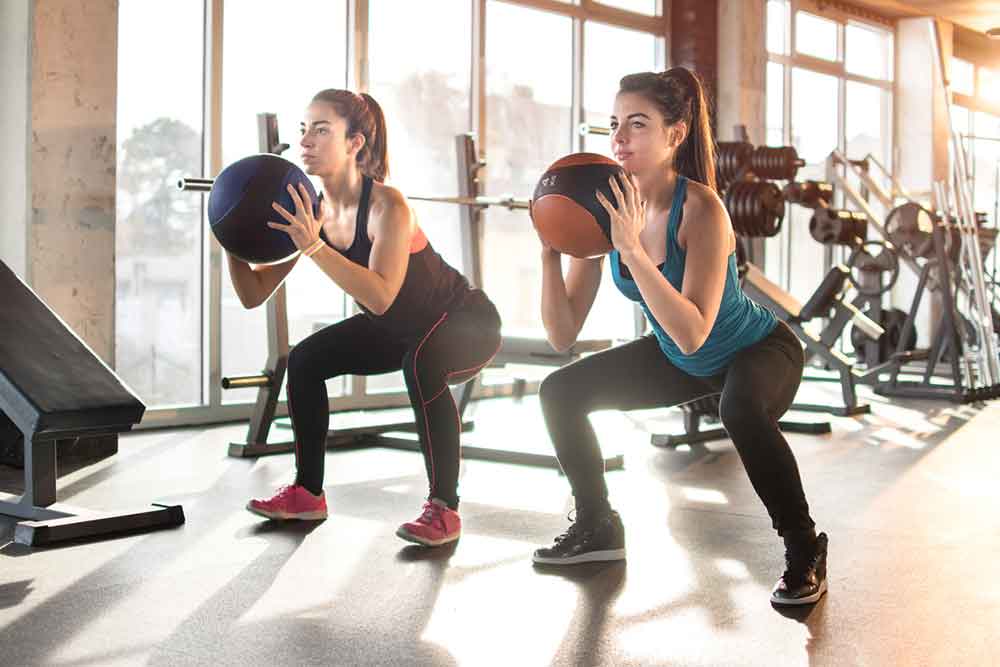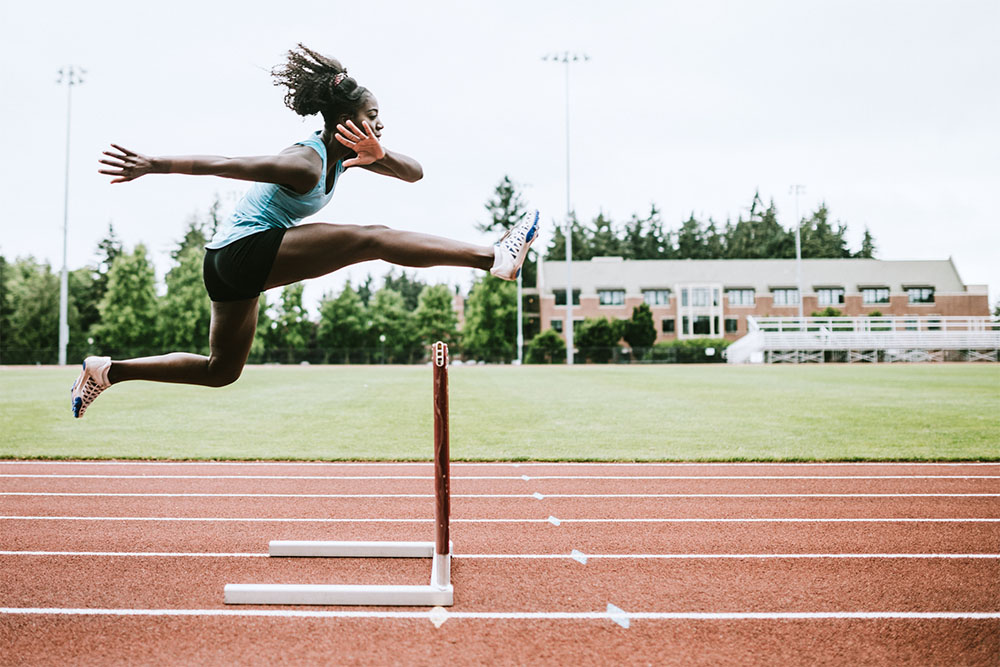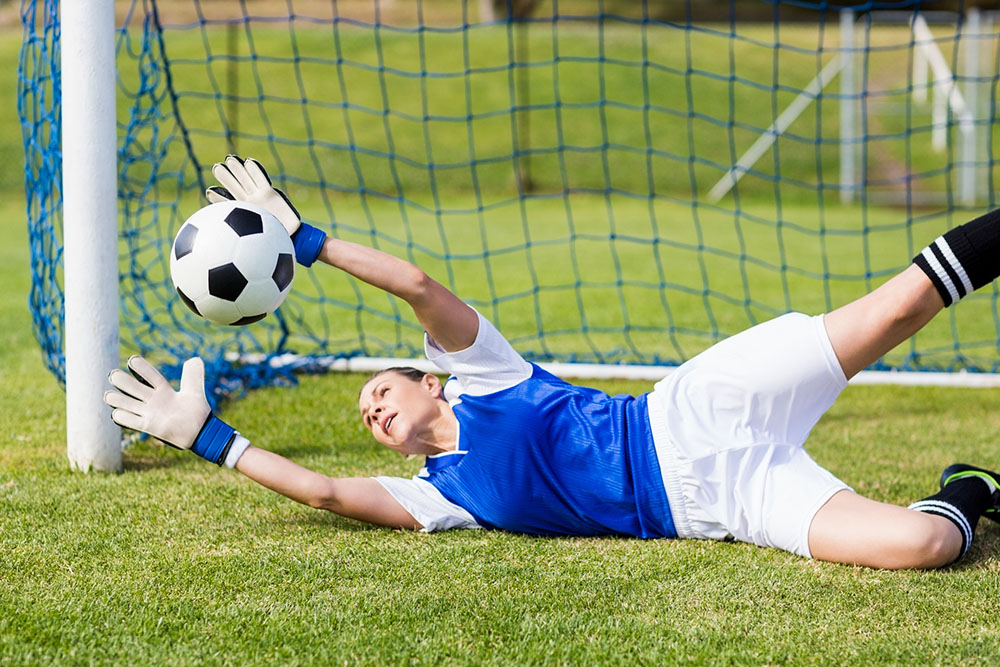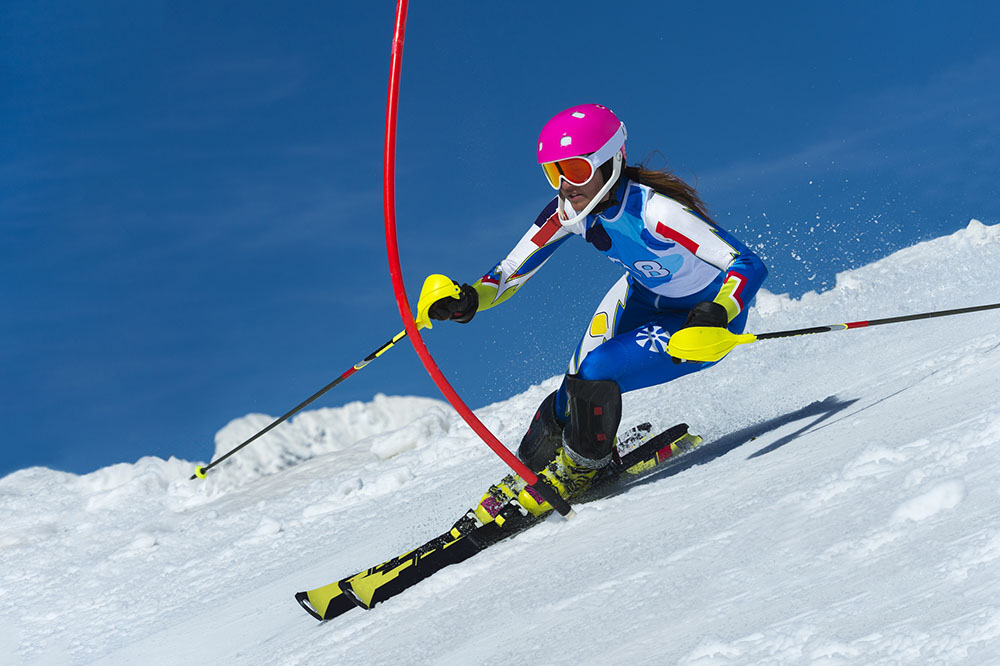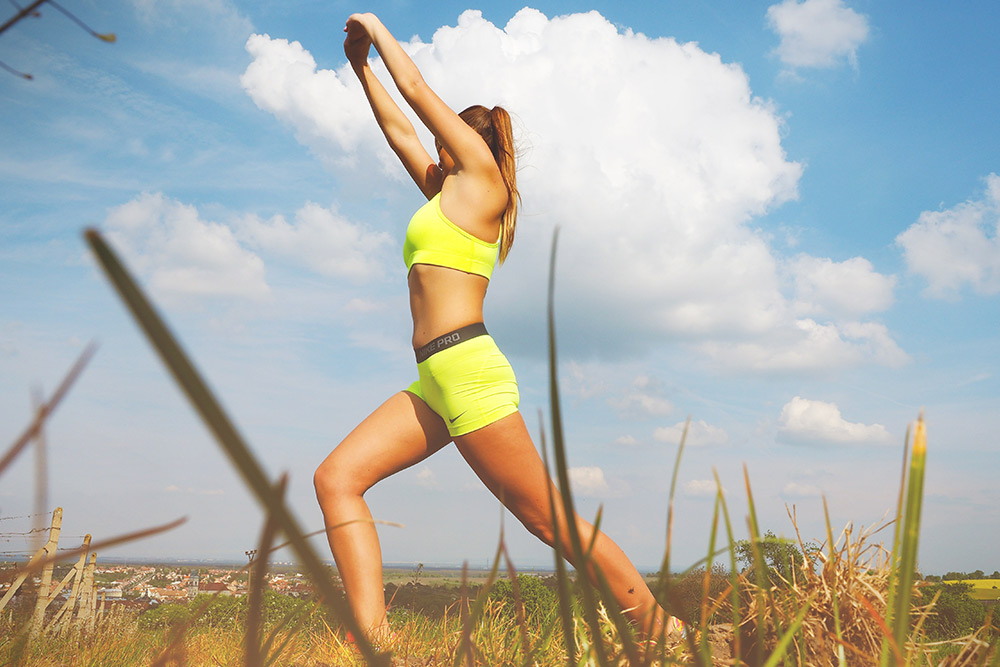Impact Of Competitive Sports On Female Athletes

Julia Basso – PhD
Fitness athletes- the healthy body image idea: how are they doing? (Therese Methisen, The Norwegian School of Sport Sciences)
Body image is important for the female fitness athletes. Around 3 to 4 months prior to competition, many fitness athletes begin to diet. This produces a variety of changes in body composition such as a decrease in body weight, resting metabolic rate, and fat mass, and an increase in lean body mass. However, 1-month post-competition, all of these changes return to baseline levels. This “body ideal” is not realistic or sustainable and leads to a significantly decreased bone mineral density. In addition, these ideals lead to increased feelings of depression, disordered eating and often times, eating disorders.
Is it appropriate to manipulate body composition in young athletes to meet sport-specific requirements for performance? (Ina Garthe, The Norwegian Olympic and Paralympic Committee and Confederation of Sport)
It is not recommended for young athletes to diet to lose weight, but we know that such methods are being used in youth athletes and promoted by coaches. Youth athletes are those individuals who compete in sports and are between the ages of 12 to 18 years. Unlike adult athletes, they are going through a unique time period – puberty. During this time, the body goes through many changes and as such, youth athletes require special training and dietary.
In this population, dieting starts at an early age (12.6-14.0 years). These restrictive eating and weight manipulation methods may lead to many negative outcomes including, “compulsive and excessive training, dissatisfaction with the body, low self-esteem, insomnia, reduced coping skills, and increased risk of disordered eating and eating disorders.” In youth athletes, these issues present as, “reduced energy or ability to recover, decreased concentration, mood swings, reduced social activities, and avoidance of eating situations.” Because of these prevalent issues in youth athletes, the focus needs to shift! Rather than dieting, the focus needs to be on performance and health enhancement, optimization of nutrient intake and food habits, and improving knowledge and skills. Educated role models for these youth athletes will be integral to this new approach.
Menstrual dysfunction – potential impact on performance (Anna Melin, University of Copenhagen)
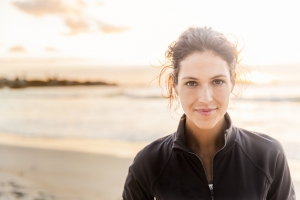 50% of female athletes report that menses affects their performance. Women experience changes in a range of hormones throughout the monthly cycle; these hormones regulate metabolic, cardiovascular, respiratory, and musculoskeletal systems, and so it is no surprise that these hormonal changes affect athletic performance. In addition, several menstrual dysfunction issues exist such as polycystic ovarian syndrome and functional hypothalamic amenorrhea. These issues may be cause low energy states and are associated with, “increased muscle fatigue, decreased recovery rate of muscles, decreased blood flow and aerobic substrate utilization, decrease pulmonary oxygen uptake, decreased glycogen stores, increased risk for low bone muscle density and musculoskeletal injury, and changes in cognitive functions like reaction time, which are important for sports.”
50% of female athletes report that menses affects their performance. Women experience changes in a range of hormones throughout the monthly cycle; these hormones regulate metabolic, cardiovascular, respiratory, and musculoskeletal systems, and so it is no surprise that these hormonal changes affect athletic performance. In addition, several menstrual dysfunction issues exist such as polycystic ovarian syndrome and functional hypothalamic amenorrhea. These issues may be cause low energy states and are associated with, “increased muscle fatigue, decreased recovery rate of muscles, decreased blood flow and aerobic substrate utilization, decrease pulmonary oxygen uptake, decreased glycogen stores, increased risk for low bone muscle density and musculoskeletal injury, and changes in cognitive functions like reaction time, which are important for sports.”
Pregnancy and postpartum in international and Olympic level athletes: what do we know? (Jorunn Sundgot-Borgen, The Norwegian School of Sport Sciences)
Previous research has shown that exercising at 90% or above of VO2 max during pregnancy, may be dangerous for the fetus. Therefore, pregnant elite athletes have two questions, “How much exercise can I do, and when can I compete?” Sundgot-Borgen and colleagues examined 35 elite athletes who were Olympic medalists and world champions in the areas of endurance, ball game, technical, esthetic, and power sports. When asked about pregnancy and motherhood in relation to sports, one of the participants said, “[I have ] no problem with training, competing, and being a mother, but not sleeping is a problem”. Overall, in this group of pregnant elite athletes, there was no problem with fertility, risk of miscarriage or preterm birth. In addition, fetal growth was normal, most continue to train as usual until the 3rd trimester, and most return to ordinary training with 3-6 months after birth.
Related Article: How Much Protein Do Women Really Need?
You Might Like:

